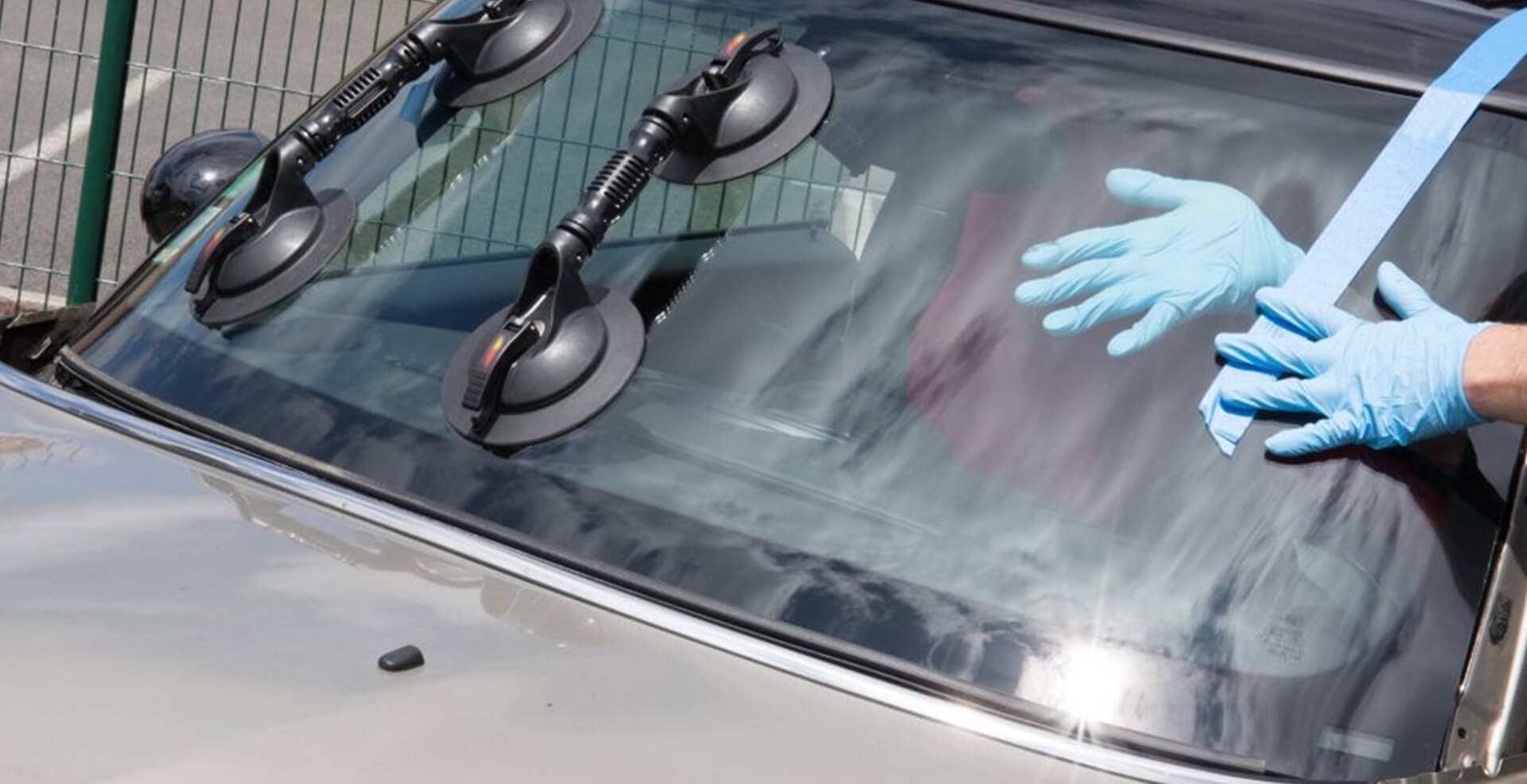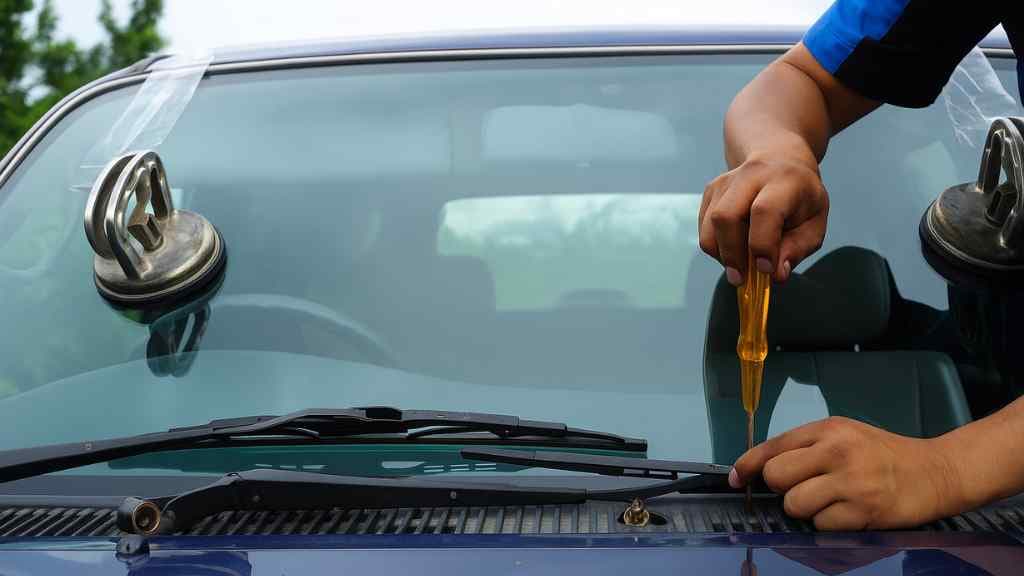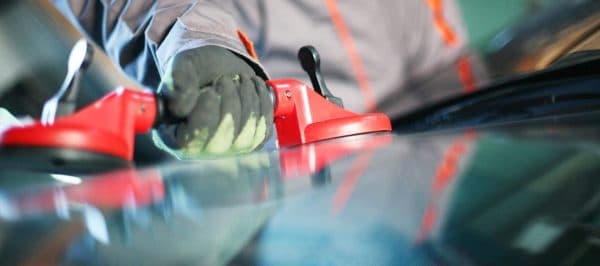





Trusted Auto & Residential Glass Repair & Replacement in Dallas
At DFW Glass Mart, we are a full-service auto glass repair company dedicated to providing top-quality solutions. As your trusted source for auto glass repair and windshield replacement services in Dallas, we pride ourselves on delivering exceptional service. We offer a complete range of options, including after-market, premium, and OEM replacements, to meet all your vehicle’s needs. Additionally, our team uses the latest tools and techniques to ensure every job is done right the first time. Whether you need a quick repair or a complete windshield replacement, DFW Glass Mart is here to help. Contact us today for fast, reliable, and affordable auto glass services!
GET A QUOTE TODAYExpert Glass Repair & Replacement Services in
Dallas and Surrounding Areas
At DFW Glass Mart, we have been proudly connected to the auto glass industry for over 21 years. Our licensed and experienced technicians provide trusted and reliable services that you can count on. What sets us apart is our commitment to excellence and customer satisfaction. Whether you need auto glass repair or windshield replacement, we are the go-to source in Dallas and surrounding areas. We use only the highest-quality materials and the latest techniques to ensure your vehicle is safe and secure. Plus, our team is dedicated to delivering fast, affordable, and professional service every time. Choose DFW Glass Mart for all your auto glass needs. Contact us today to schedule your service or get a free quote!
100% Workmanship Guarantee: Quality You Can Trust
At DFW Glass Mart, we take pride in providing top-quality auto and residential glass repair and replacement services in Dallas and surrounding areas. Backed by our 100% Workmanship Guarantee, you can trust us to deliver exceptional results every time.
Whether you need a fast windshield replacement, a reliable car window repair, or custom home glass solutions, we’ve got you covered. Our technicians are highly skilled and committed to providing prompt, dependable service.
We understand the urgency of emergency glass replacement needs, which is why we prioritize fast and dependable solutions for our valued customers. At DFW Glass Mart, your satisfaction is our top priority!


Request Your Free Quote Today
Looking for a quick and reliable glass repair or replacement quote? At DFW Glass Mart, we’re here to help!
Damaged Car Window? We’ve Got You Covered
At DFW Glass Mart, we understand the urgency of getting your vehicle back on the road. That’s why our fast and efficient mobile auto glass specialists provide top-quality windshield replacements and car window repairs. We use only the highest-grade materials available on the market to ensure durability and safety. With our expert team, you can trust us to deliver hassle-free service. We’ll have you driving down the highway with minimal inconvenience. Count on our skilled auto glass experts to get you back on the road safely, quickly, and with confidence. Contact us today for your free quote!
What Are We Good At?
At DFW Glass Mart, we specialize in auto glass repair and residential glass services. Our advanced tools and technology ensure perfect glass repairs and replacements every time.

Fast and Reliable Auto Glass Repairs
For cracked windshields or broken car windows, we offer fast, reliable, and high-quality repairs. Additionally, we ensure minimal downtime so you can get back on the road quickly.

Custom Glass Solutions for Your Home
We specialize in custom glass solutions for windows, shower doors, mirrors, and table tops. Our goal is to enhance your home’s aesthetics and functionality with high-quality glass products.

Why Trust DFW Glass Mart?
By combining advanced technology with expert craftsmanship, we deliver exceptional results for both auto and residential glass repairs. Trust us to complete your glass repair efficiently and to your complete satisfaction.
Trusted Services in Dallas
At DFW Glass Mart, we deliver world-class auto and residential glass repair and replacement services in Dallas and surrounding areas. Backed by a 100% Workmanship Guarantee, we ensure top-quality results you can trust.
Our expert glass technicians arrive on time and handle emergency glass replacement with precision. Need a quick repair or replacement? Contact us today for a free quote.
We prioritize fast service with minimal disruption. Our mobile windshield and window specialists use only the highest-quality glass replacements available. With our skilled team, you’ll be back on the road safely and quickly.

Expert Glass Solutions for Your Auto and Home
Auto Glass Services
At DFW Glass Mart, we understand that your vehicle’s glass plays a crucial role in both safety and comfort. That’s why we are committed to offering only the highest quality auto glass solutions, ensuring that each job is completed to the highest standards. Whether you're dealing with a small chip, a crack, or a completely shattered windshield, our team of certified technicians is ready to provide you with fast, efficient repairs and replacements.
Our services extend beyond windshields to include side windows, rear windows, and mirrors, offering a comprehensive solution for any auto glass issue. We also specialize in mobile auto glass repair, bringing our services directly to you, whether you’re at home, at work, or on the go, for ultimate convenience.
Residential Glass Services
At DFW Glass Mart, we take pride in offering a wide range of residential glass services designed to meet the unique needs of homeowners. Our expert team specializes in providing high-quality glass installations, repairs, and custom solutions that elevate the style and performance of your living spaces. Whether you're renovating your bathroom with elegant glass shower doors, replacing old windows, or installing custom mirrors, we ensure every project is completed with precision and care.
We understand that each home is different, which is why we offer tailored solutions to match your specific needs and preferences. From energy-efficient windows that help lower your utility bills to tempered glass for added safety, we offer a variety of options that enhance both the aesthetic appeal and functionality of your home.
Tools and Tech for Auto and Residential Glass Repair
At DFW Glass Mart, we utilize state-of-the-art tools and technology to ensure your auto and residential glass repair and replacement needs are handled efficiently and with precision. Our advanced equipment and expert techniques allow us to get the job done right the first time, minimizing inconvenience and maximizing satisfaction.
Whether it’s cutting glass to exact specifications, replacing windshields with OEM-grade materials, or installing custom residential glass solutions, our tools and tech guarantee exceptional results every time. Trust DFW Glass Mart for fast, reliable, and professional glass repair services backed by innovation and expertise!
Why Choose DFW Glass Mart?
When it comes to auto and residential glass repair and replacement, DFW Glass Mart is the trusted choice for customers in Dallas. Here’s why:

- Free Glass Repair and Replacement Estimates: Get a no-obligation quote for all your glass needs.
- Fast Mobile Service: We come to you, ensuring quick and convenient repairs.
- No Hidden Charges: Transparent pricing you can trust—no surprises, ever.
- Licensed and Insured: Rest easy knowing your repairs are handled by qualified professionals.
- Certified Glass Technicians: Expertly trained to provide top-tier service every time.
- A+ Rated Service: Our commitment to quality has earned us an excellent reputation.
- Fast and Reliable Service: Your time is valuable, and we ensure prompt results without compromising quality.
- Advanced Glass Tools and Technology: We use cutting-edge equipment for precision and efficiency.
Mobile Fleet Ready To Serve You
DFW Glass Mart operates a dedicated fleet of mobile auto and residential glass repair trucks, ready to meet your glass needs throughout the Dallas metropolitan area. Whether it’s auto glass repair or residential glass replacement, we’ll come to your home, office, or any location that’s most convenient for you.
Our mobile service is designed for your convenience, ensuring fast and efficient repairs without disrupting your day. To schedule an appointment with our team, call us today at (972) 900-3117, and let us bring our expert service to you!


Replacement vs. Repair: What’s Right for Your Glass?
Not all damaged glass requires replacement—sometimes a quick and efficient repair is all that’s needed. At DFW Glass Mart, we offer professional assessments to determine whether glass repair or replacement is the best option for your situation.
Glass Repair: Ideal for minor damage like small windshield chips or cracks. It’s fast, affordable, and can restore your glass safely.
Glass Replacement: This is necessary when the damage is extensive or compromises the structural integrity of your auto windshield or residential glass.
Unsure of what you need? Call us at (972) 900-3117 to schedule an appointment with one of our trained glass professionals. We’ll assess the damage and recommend the safest and most cost-effective solution for your auto or residential glass.
Craftsmanship You Can Trust
At DFW Glass Mart, our experienced professionals are dedicated to providing top-quality auto glass repair and replacement services in Dallas. We use the highest-grade glass and state-of-the-art tools to ensure every job is completed with precision and to our customers' full satisfaction.
At DFW Glass Mart, we take pride in delivering expert auto and residential glass services across Dallas and surrounding area.